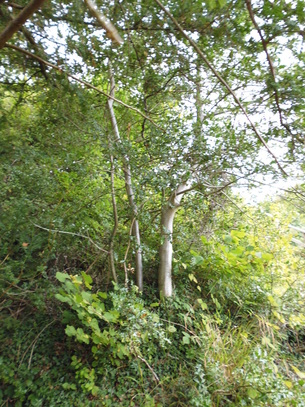
Addressing the obvious problem that plants don't have any kind of centralized control tissue or brain-like equivalent, Trewavas utilises an analogy with social insects which have come to be understood more widely as intelligent at the level of the hive (e.g. hive mind). In much the same way he argues that for plants "intelligent behaviour arises as a property of the whole integrated cell and tissue system" (414). Outlining the variety of methods plants use to sense the environment and to communicate between their different parts, he argues that plants' use of complex signals enable them to behave as an integrated organism.
These integrated systems allow plants to solve a wide variety of problems in context-specific ways. These include adjusting to fluctuations in resources (whether seasonally e.g. rain, or spatially e.g. variations in soil type), being eaten or disturbed, encountering obstacles (e.g. boulders, or cliffs), competition from other plants, finding unexploited resources, and how to optimally place roots, shoots and leaves so that they can take advantage of the resources that are available (414). Importantly, plants don't make decisions about these issues in the moment, but make predictions about future conditions in order to attain optimal fitness (415). For example Trewavas uses the example of the Mayapple which "makes commitment decisions as to branching or flowering years ahead" (415). He also notes that plants are able to predict future shade patterns (via reflected far-red/red light) and change their shape in response before light is actually lost (415).
But are these organisms intelligent or merely 'pre-programmed'? Couldn't it be the case that plants are only following simple inbuilt rules rather than engaging in problem solving behaviour? Trewavas' answer to this is that the range of environmental factors that a plant responds to is so high that the flexibility required is too great for the organism to be pre-programmed. Adding together potential abiotic factors (e.g. soil acidity, light, radiation, temperature, water, atmospheric gases, and soil) and biotic factors (e.g. predation, disease, trampling and disturbance), together with the ability to recognise different strengths of these factors leads Trewavas to claim that "the number of possible environments in which a temperate plant might grow is to the order of 10^8" (416). This number is so high that "only intelligent, flexible responses can provide the individual with the ability to master this complexity of environment and maximize sibling number" (416).
With all this in mind, I spent the day prior to our workshop walking through the Forest of Dean looking for evidence of intelligence - here's what I found:
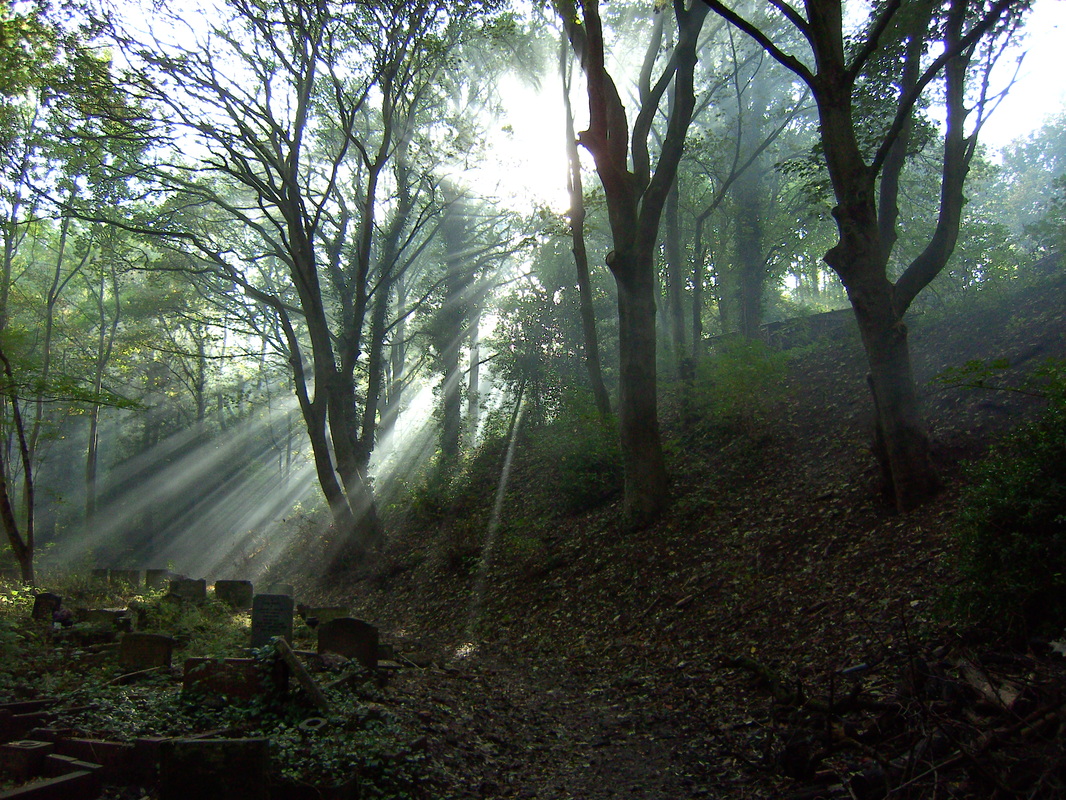
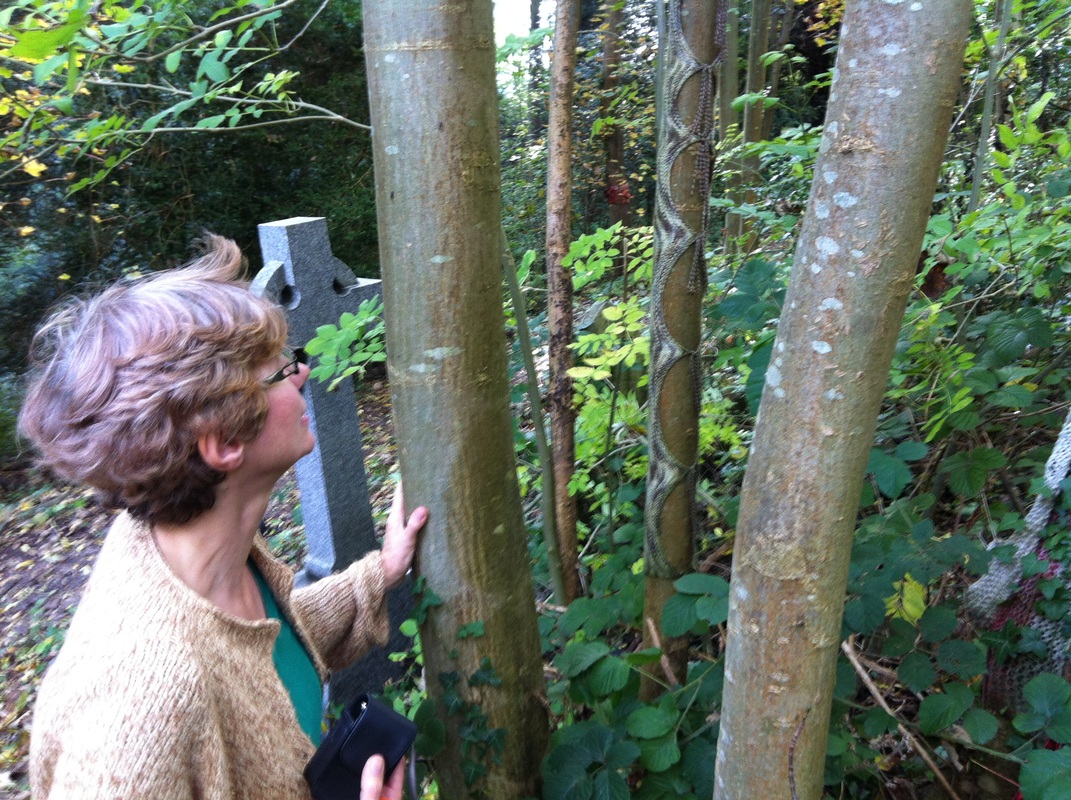
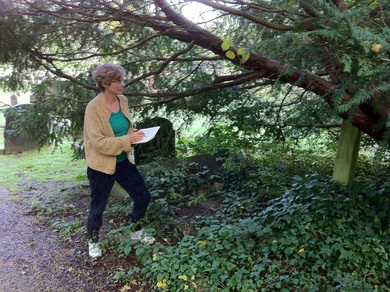
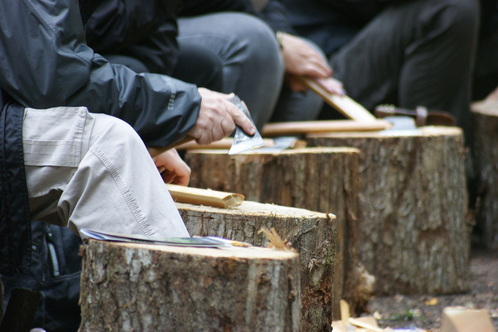
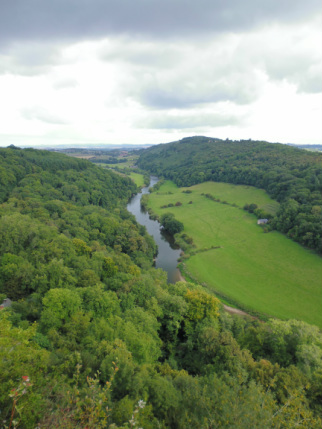
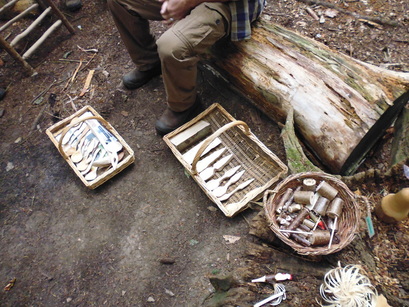
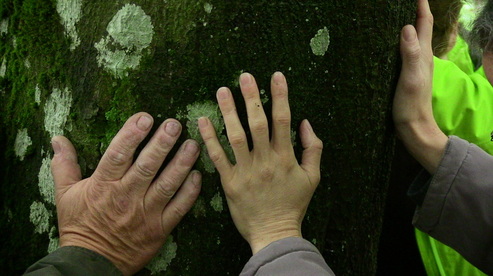
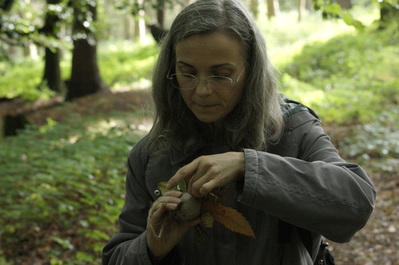
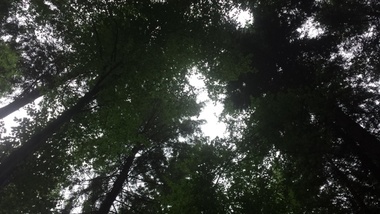
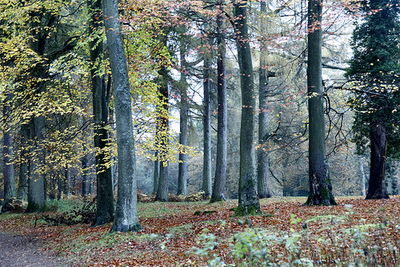
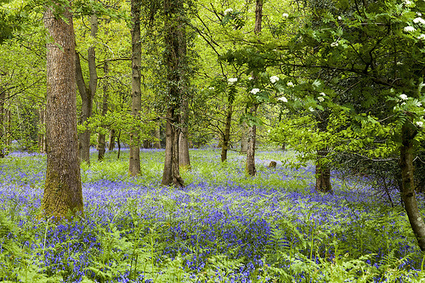
 RSS Feed
RSS Feed
